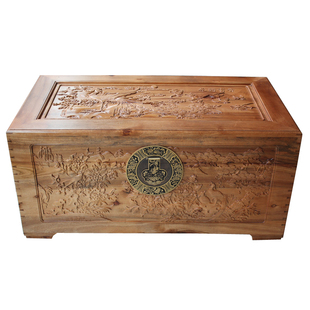And she told me her life story, of how she escaped three times before the age of 15 in Fujian China.
It was God's will that she escaped in that way, so that she could come to Sarawak and raise a great family.
She was not willing to be a child bride, and she had hidden herself in an aunt's place when she was five. She did not want to leave her mother who was poor and had wanted to sell her. After her first escape, she worked very hard to impress her mother. She just did not want to leave her mother.
As far as she remembered, the young girl who had taken her place was pretty and she in fact was not as pretty.
A few years later another aunty came from Sarawak to ask her mother if she could help a relative buy her as the daughter in law. By then her mother knew that she was a very capable girl. This time she ran away with other girls up into the hills for a few days. So her mother changed her mind again. She came home with two rabbits for her mother.
 |
| The Anking (later Klias) was the kind of ship which sailed from Southern China to Hongkong, to Singapore. After the 1950's it sailed from Singapore, to Kota Kinabalu and around Sabah and then back to Singapore. It was the kind of boat the last China born brides would sail on...The last few came to Sarawak before 1954. |
One year later, food was scarce and rumour had it that soon a lot of people would be sent to the desert to work and to farm especially. Aunty Ah Ying thought about it and agreed to migrate to Nanyang with two distant aunts who were joining some relatives in Sibu. One aunt was to become a teacher in a primary school. And another one was to marry a relative. A marriage was immediately arranged for her upon an introduction. She agreed without even having seen a photo of the man she was going to marry. He was 10 years older than her, China born also,had no land but he had six years of education.
She and the relatives walked to a village near the Mui Keh and then they took a boat to Fuzhou city where they stayed for a few days waiting for a boat to sail out of the Min River. She cannot remember the name of the ship. They sailed to Hong Kong where they put up in a shop house. Several people were also waiting to go to Singapore and Sarawak and they were glad that a teacher was with them.
At that time she found it was hard for her to say Singapore and Sarawak.
The journey took her 2 months because she and her relatives had to wait in Hong Kong and also in Singapore. They arrived in Sibu in 1950 after travelling three days and two nights in a western ship. They were quite comfortable in the lower deck.
She was 16 years old but looked only 12, and she married immediately in the presence of the headman so that she could get a certificate of landing or arrival. Unfortunately she was not able to keep that certificate well. She was happy that she eventually got a blue IC through the help of a headman. That was a miracle in her life.
Aunty Ah Ying passed away just before Gawai in 2017 in Sibu. May her soul rest in peace.























